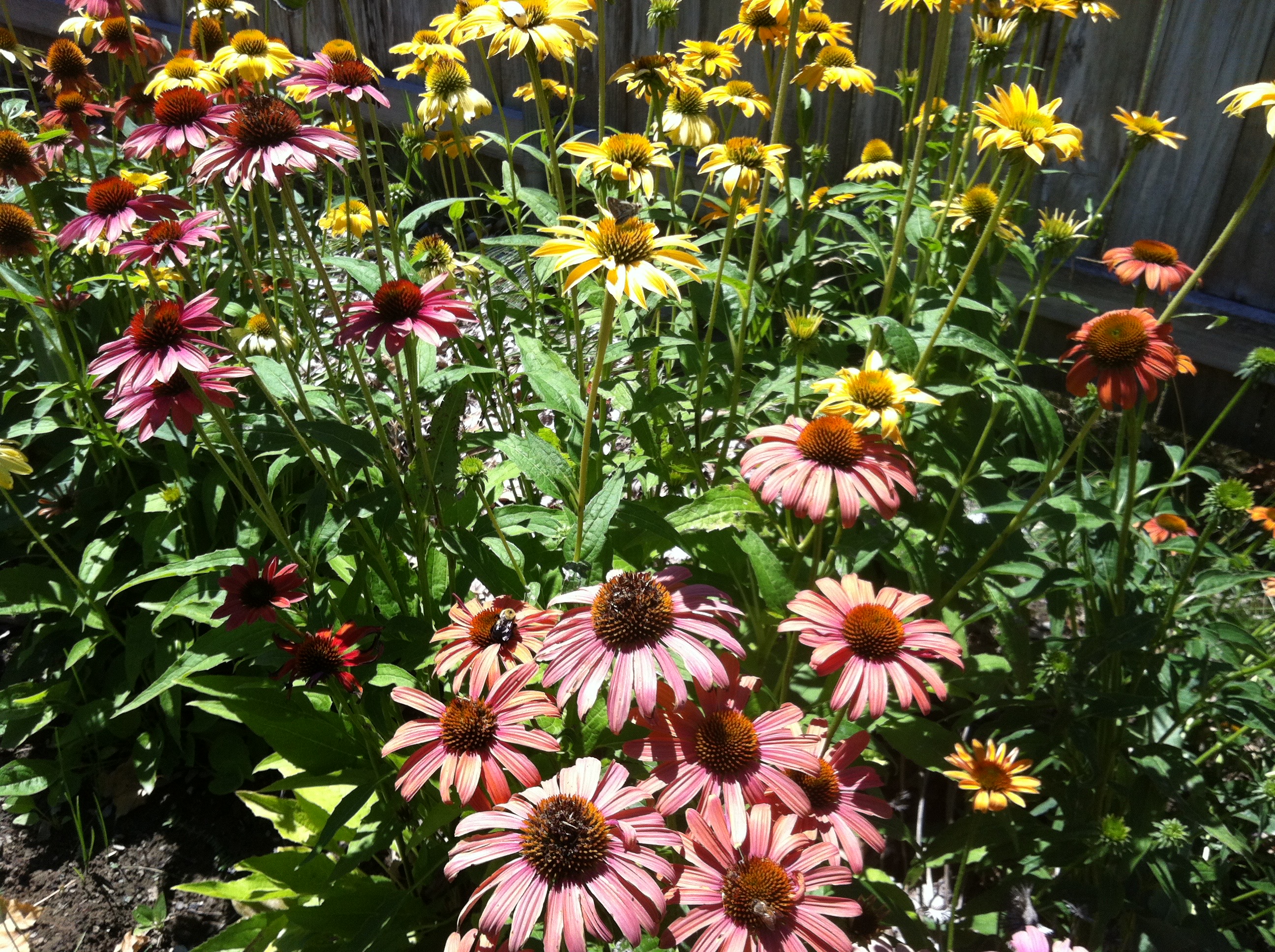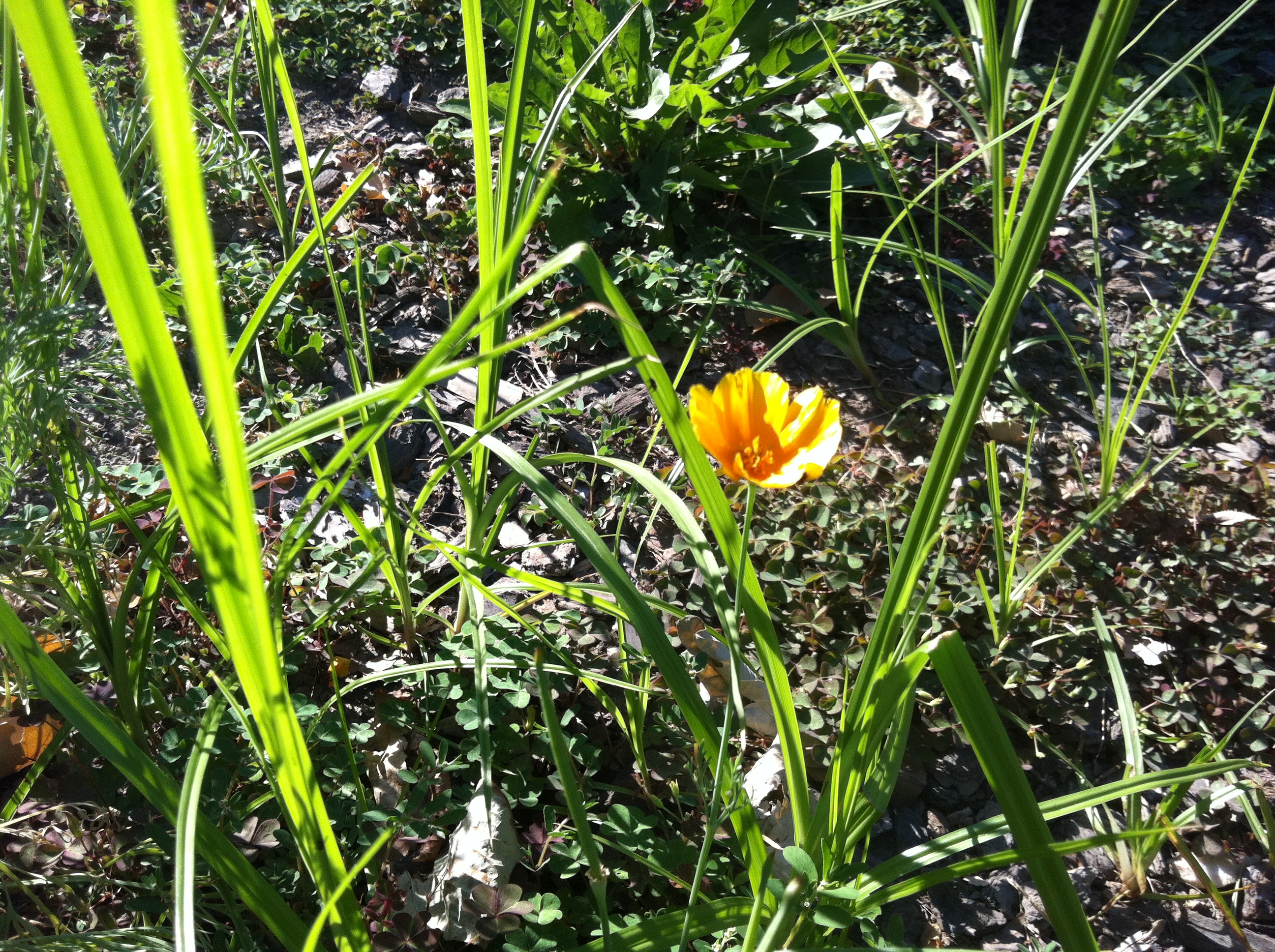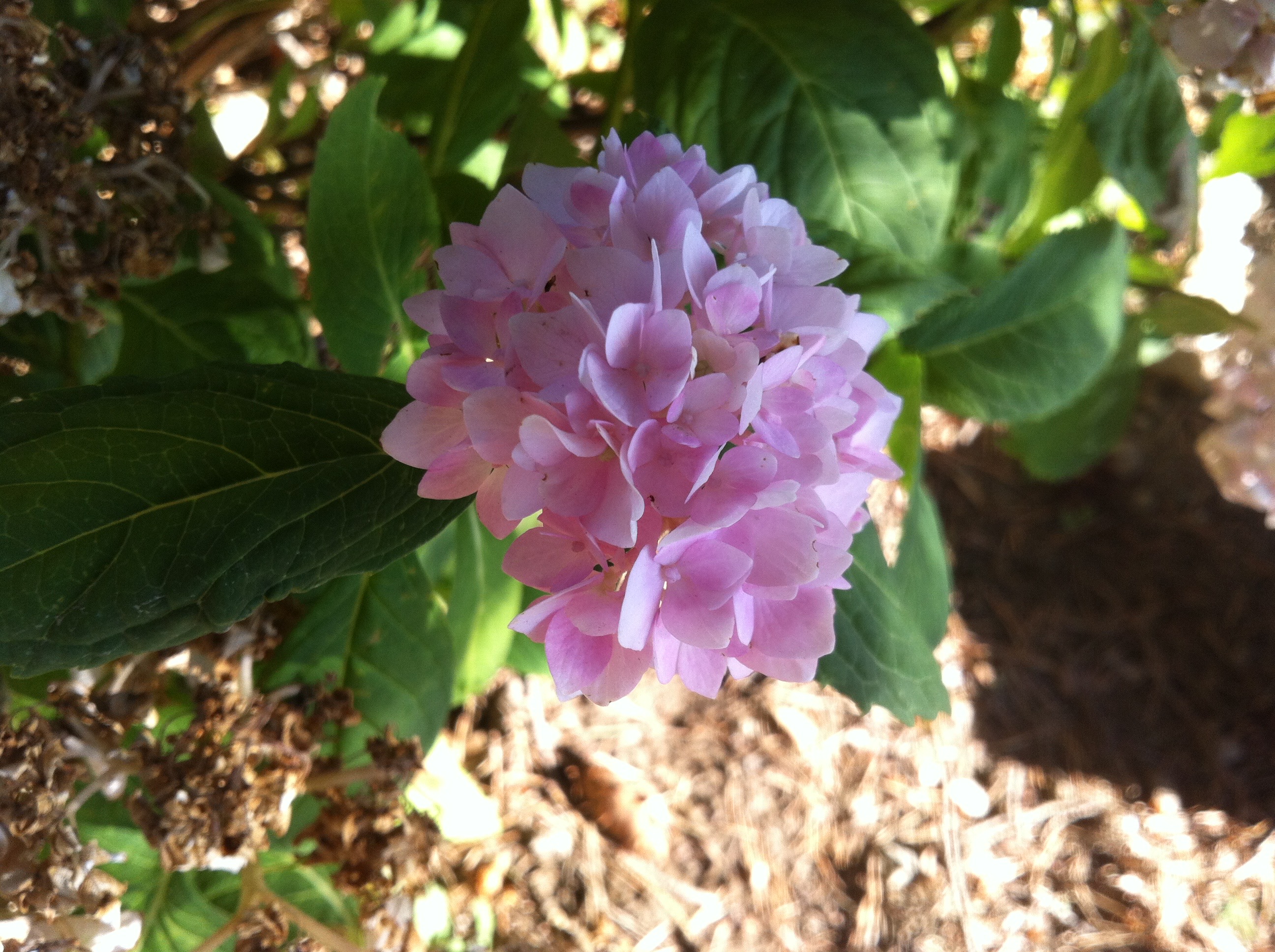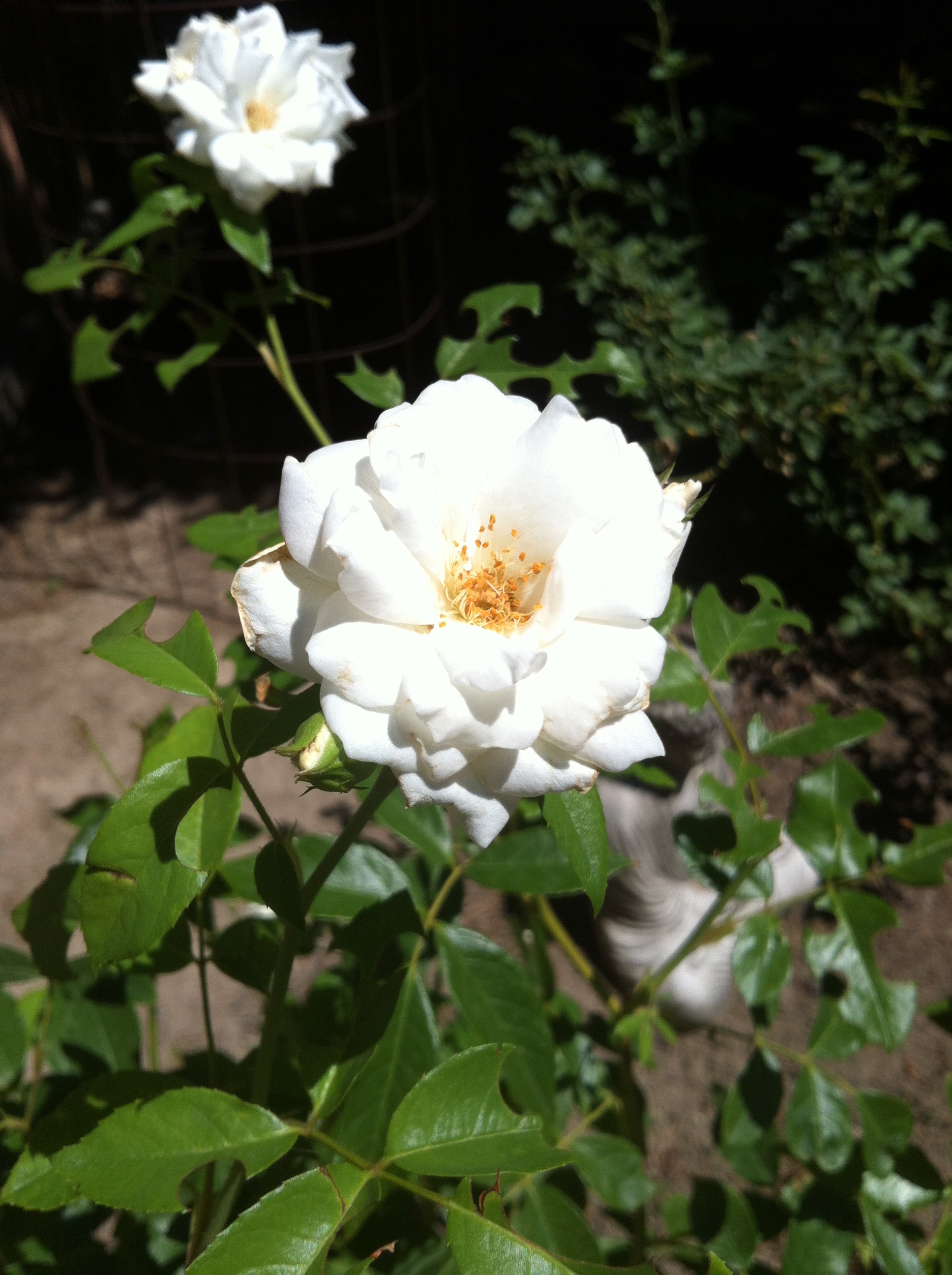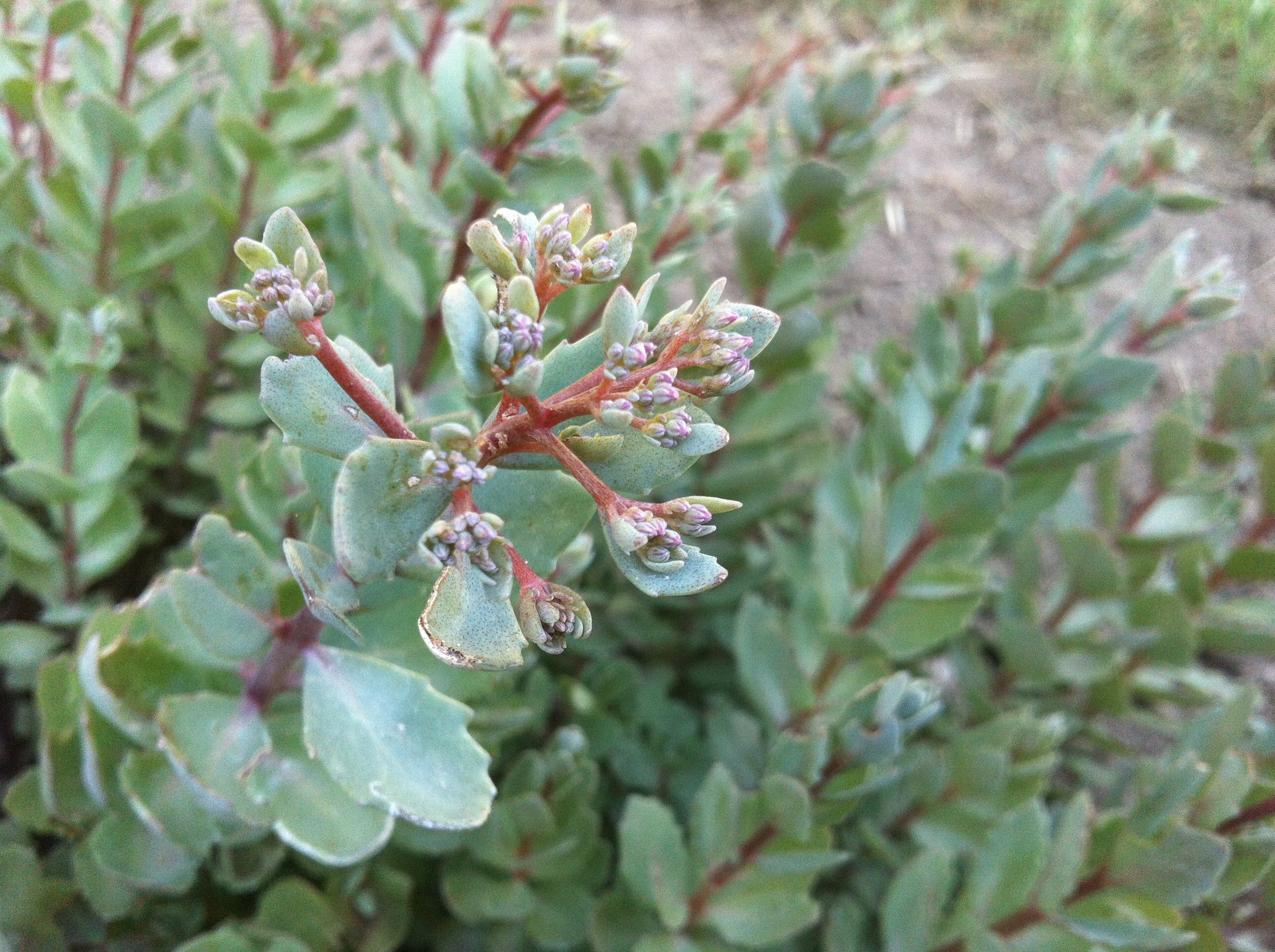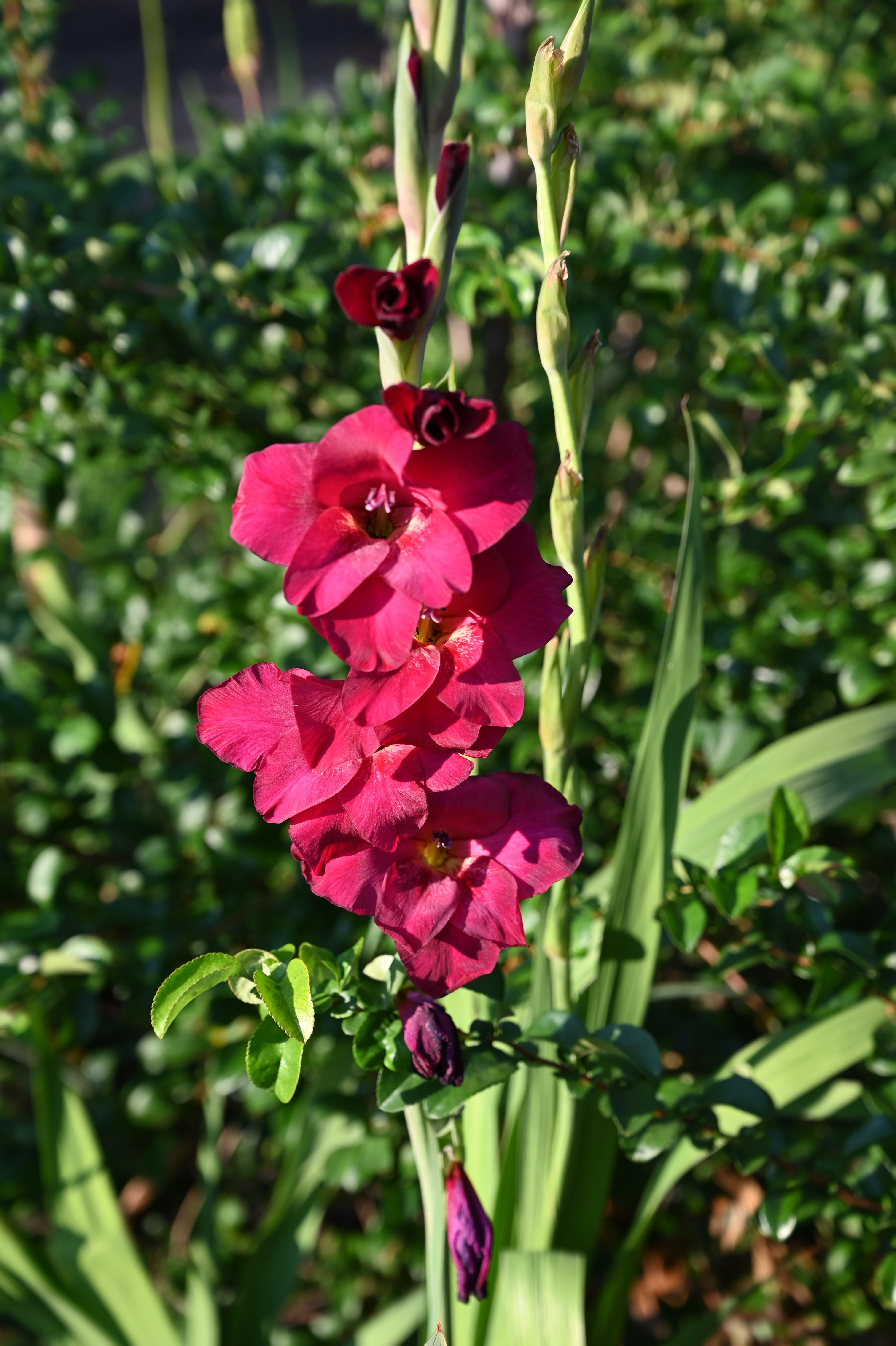A common saying is that one reaps as one sows. Cultivation of the land may or may not result in a good crop, given many factors like weather, infesters, disasters. Cultivation of oneself with one’s body, mouth, and mind can bring results more directly and surely with fewer factors from outside. Karma ripens sooner or later.
Dogen said that cultivation and verification are one. Mental cultivation usually brings results more directly and surely than physical cultivation. Stilling karma can more speedily bring a result than strengthening it. Sitting still brings stilling karma quickly and clearly. As one cultivates in Zazen, cultivation becomes verification.
Nirvana is no wind of karma. Nirvana reveals a new world without karma, the Triple Poisons, suffering, etc., witnessing awakening and prognosis. More cultivation brings the verification of these more quickly and clearly. Thus the oneness of cultivation and verification becomes more concrete and complete.
Cultivation becomes culture – truth, goodness, beauty, and holiness (wholesomely whole). Truth, goodness, and beauty may be partial, personal, and particular. Thus, these are required to become holy. Religion is reunion with holiness. The Awakened Way is cultivation/verification of holy truth, goodness, and beauty with all.
July 8, 2021 C.E. Dharma note
Note 1. Bhāvanā (cultivation) is the causative of bhava (becoming), which is the process of intentional reorientation of unintentional (unconscious/natural) becoming/ behaving such as sitting still, stilling all karma against usual/ordinary movements, which are innate/natural to animals (“moving things,” 動物, in Japanese, cp. “still things, 静物), which alone can lead to nirvana.
- The Triple Poisons are desire, divisiveness, and delusion of the (self-same, self-sovereign) self, wherefrom the former two derive.
- The popular teachings of the Awakened Way are the Four Holy Truths and the Eight Holy Ways. The former tells of suffering, its cause, its solution, and the way leading to the solution. The latter tells of right view, thinking, speech, action, livelihood, mindfulness, striving, and concentration. These come from the Twelvefold Dependent Co-origination, called the Dharma (Norm/Law) of all dharmas (forms/phenomena), telling how our karma functions: karmic nescience (no knowledge of the Dharma, thus the delusion of the self) leads to karma (old/new physical/verbal/mental), causing the conjunction of the six sense organs/objects/consciousnessses, feelings, ideas, which are involved in becoming (birth/aging/death), resulting in suffering, called the Triple Paths or Steps.
通常人は蒔いて刈り取ると言います。土地の耕作は、天候、病虫害、災害など多くの要因で豊作になるかも知れず、ならないかもしれません。身口意での自分の修行は外部からの要素が少ないので、もっと直接に確実に結果をもたらします。業は遅かれ早かれ実ります。
道元は修証(修行と確証)は一如だと言いました。精神的修行は身体的修行より普通もっと直接的に確実に結果をもたらします。業を静めることはそれを強化するより早く結果をもたらします。静かに坐ることは業を早くはっきりと静めます。座禅で修行すれば、修行は確証となります。
涅槃は業の無風です。涅槃は業、三毒、苦などの無い新しい世界を開明し、覚醒と般若(知恵・処方)を覚知します。更に修行すればこれらの確証をより早く明らかにもたらします。そういう訳で修証一如は更に具体的に完全になります。
修行・修養は文化―真善美聖(全体健全)となります。真善美は部分的、個人的、特殊的であるかもしれません。それだからこれらは聖(全体健全)なものになる必要があるのです。宗教(religion)は聖との再帰(ラテン語religare)です。覺道は一切との聖なる真善美の修証です。
2021共通年7月8日 法記
註1.Bhāvanā (修行・修養) は bhava (生成)の使役形ですが、これは意図しない(無意識・自然な)生成・行為の意図的向け変えの過程で、静坐、アニマル(日本語では動物、静物と対比)にとっては生来・自然なものである、通常・普通の行動に反して業を静める、といったものです。
2.三毒は貪、瞋と(自己同一、自己主宰の自己という)痴ですが、これは前二者の元です。
3.覺道の良く知られたの教えは四聖諦と八聖道です。前者は苦、苦の生起、その解決、解決に導く道(程)です。後者は正見、正思、正語、正行、正業、正念、正精進、正定です。これらは諸法の法と言われる十二支縁起(因縁生起)に由来しますが、それは私たちの業がどのように機能するかを述べています―業の無明(法の無知、それによる自我の痴が新旧の身口意の三)業に導き、六感覚器官・感覚対象・感覚意識の和合(同時相互発生)、感覚、観念を起こし、これが(生・老・死の)生成(輪廻)に巻き込まれることになり、苦に結果しますが、これは(惑業苦:わくごっくの)三道・段階と呼ばれます。
The above pictures were taken and sent by
Rev. Erin Daiho, our member and editor, living in Washington State.
上の写真は私達の会員であり編集者である
ワシントン州在住の大法恵林師が撮影し送ってくれたものです。

